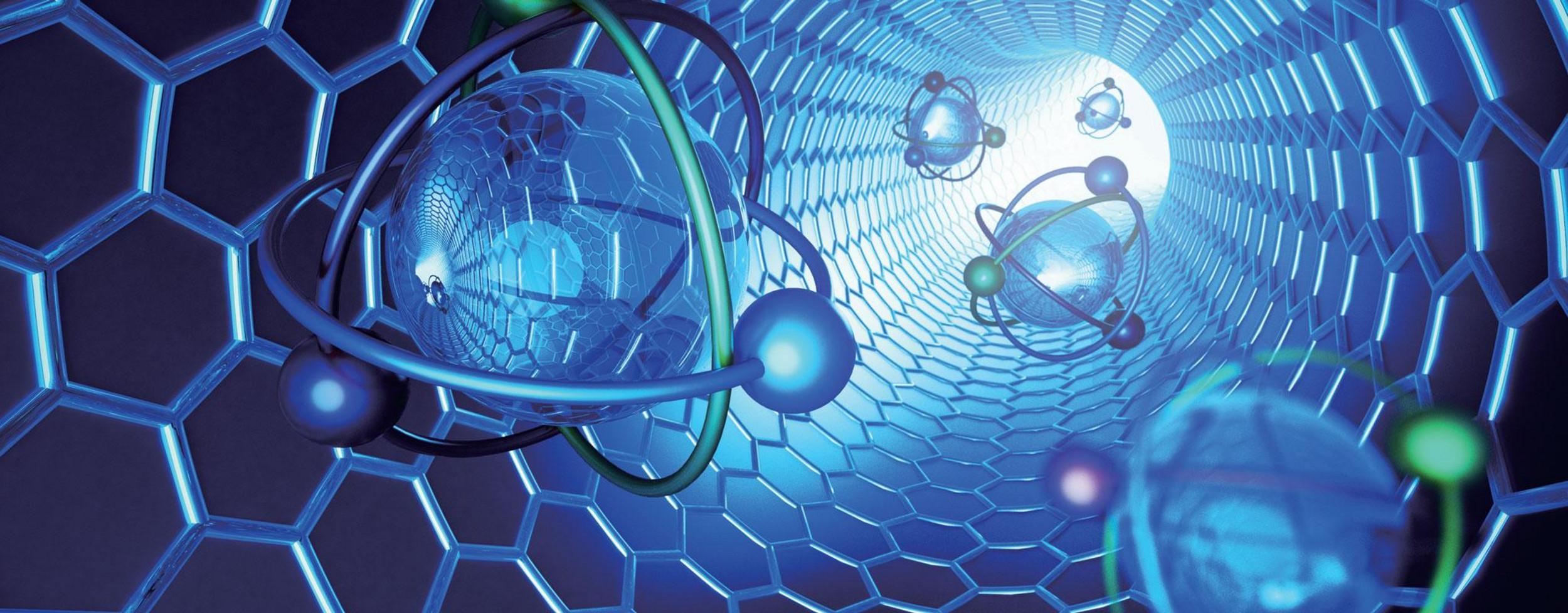
Raman spectroscopy is a versatile tool for detecting and analyzing the structural, electronic, and phononic properties of graphene. It provides valuable insights into the quality, number of layers, presence of defects, and other key features of graphene samples.
For an efficient graphene study, a Raman spectrometer with a 532 nm laser is often preferred because of its optimal balance between resolution and fluorescence suppression. High-resolution confocal Raman spectrometers allow for detailed mapping and spatial resolution, which is essential for characterizing the uniformity and quality of graphene films.
Thus, advanced Raman spectrometers are indispensable tools for ensuring the quality and performance of graphene in its diverse applications.
Raman spectroscopy is a powerful tool for characterizing graphene:
The best laser to use for studying graphene in Raman spectroscopy depends on the specific aspects of graphene being studied. However, a 532 nm laser is commonly considered one of the best choices because of its strong resonance with graphene and its good signal intensity. It has moderate fluorescence background, which helps to get cleaner Raman spectra.
Other commonly used laser wavelengths include 633 nm (Red) laser, which provides good resonance conditions and is useful for studying the effects of different excitation energies on the Raman spectra. It is preferred for samples that may exhibit less fluorescence at longer wavelengths.
Also, the 785 nm (Near-Infrared) laser is useful for minimizing fluorescence background, which can be beneficial when studying graphene on certain substrates that fluoresce under visible light.
Ultimately, the choice of laser wavelength can depend on the specific goals of the study, the nature of the graphene samples, and the characteristics of the substrates used. For general purposes, and a balance of signal strength and background noise, the 532 nm laser is typically the preferred choice.
When studying graphene with a 532 nm laser, the resulting Raman spectra typically show several characteristic bands. The analysis of these bands in the Raman spectra allows for the characterization of graphene in terms of layer number, defects, or even doping.
Using another laser can cause changes in intensity, shape or shifts of the Raman spectra.
Video:
Webinar:
You may want to go deeper in graphene analysis with these:
Additional information about graphene analysis with other techniques is offered into the Graphene page.
Raman Spectroscope - Automated Imaging Microscope
MicroRaman Spectrometer - Confocal Raman Microscope
Confocal Raman & High-Resolution Spectrometer
Automated Raman D-to-G peak intensity ratio analysis for carbon materials
Do you have any questions or requests? Use this form to contact our specialists.

